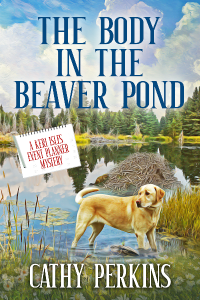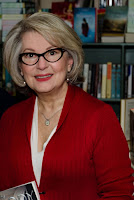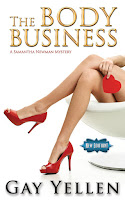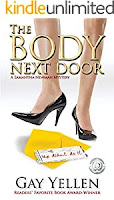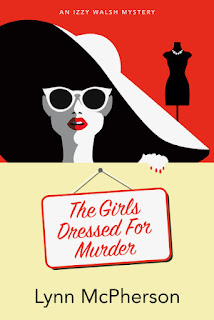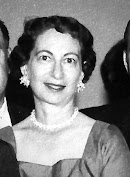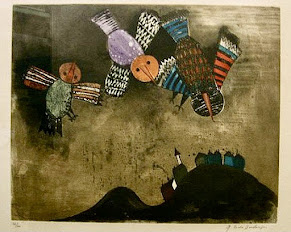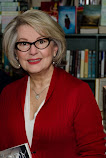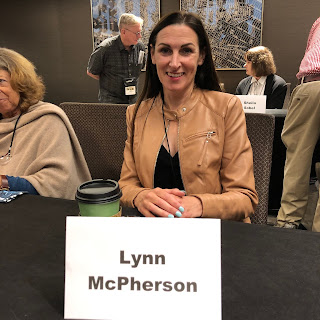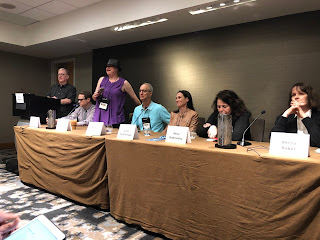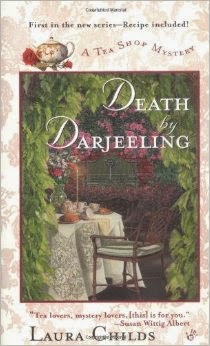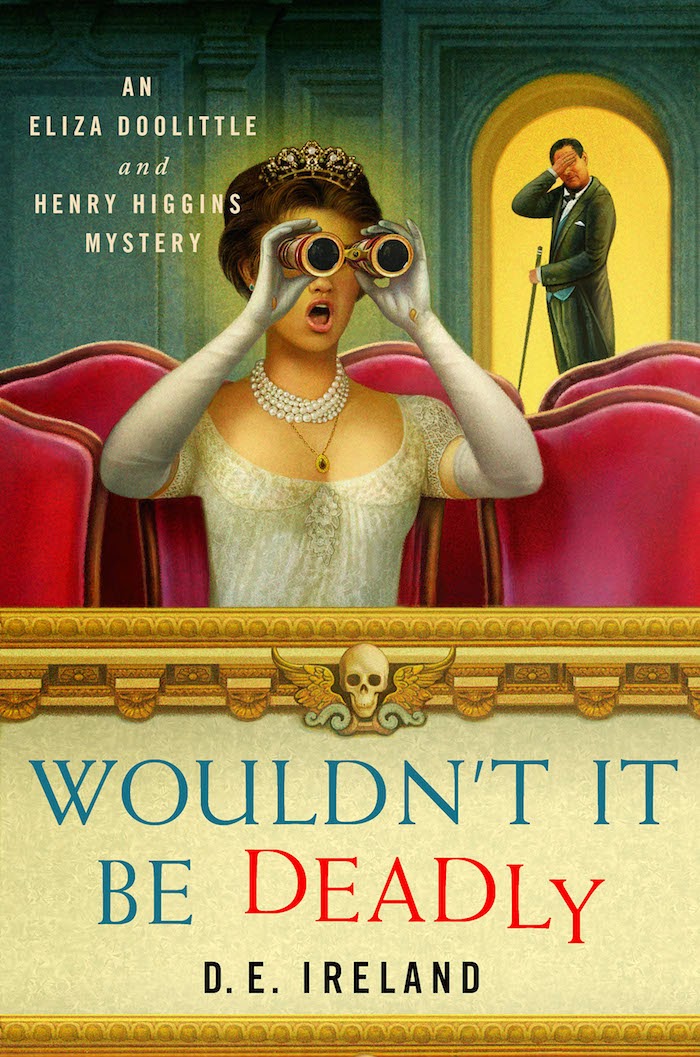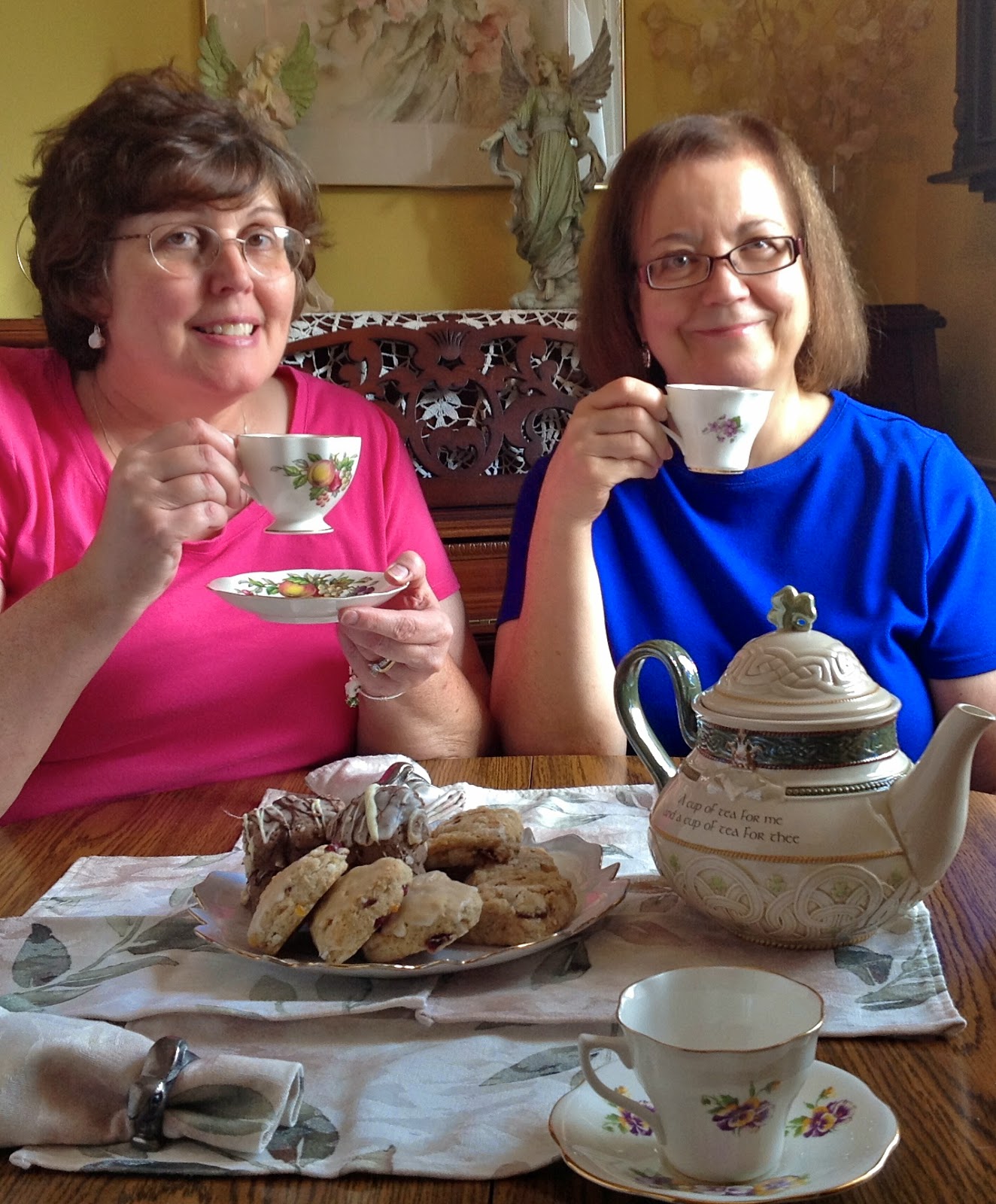Process Delayed Can Still be Progress…of a Sort
By Lois Winston
I’m not someone who immediately jumps into the next book as soon as I finish writing the previous one. My latest Anastasia Pollack Crafting Mystery, A Crafty Collage of Crime, released on June 6th. Other than promotional blog posts, I haven’t written anything Anastasia-related since then. Haven’t even given much thought to the next book beyond the fact that I know I’ll be picking up Anastasia’s story shortly after the recent book ended.
It’s not that I’m tired of writing about my reluctant sleuth or have no ideas. It’s more about a process I’ve found that works best for me. After a book goes off into the world, I devote the next month or so to promotion. Once the flurry of promotion wanes, I give myself permission to clear my head before once again hitting the keyboard in earnest. We all have our process, and I’ve discovered over the years that this keeps me from burning out or developing terminal writer’s block. We all need the occasional vacay, even if it’s only a vacay from the keyboard.
With that in mind, I had set a schedule to start in on serious pondering, mulling, and research the week of August 21st, the day after the Killer Nashville writers’ conference ended. I’d plant butt in chair and fingers on keyboard in earnest September 5th, the day after Labor Day.
Of course, I didn’t factor into testing positive for Covid shortly after Killer Nashville ended. And I certainly didn’t factor in the far from mild case of Covid that broadsided me and still continues haunting me with lingering symptoms. I haven’t felt this tired since suffering through mono when I was nineteen or dealing with an infant who exited the womb never needing to sleep—ever!
About the only things I’ve been able to accomplish when not napping are watching TV and reading, more of the latter than the former, thanks to the writers’ strike and the absence of many of my favorite shows. For someone who has never been a napper, I’m beginning to suspect I harbor some cat DNA. Don’t they sleep about seventeen hours a day?
At least during my daily seven hours of wakefulness, I was able to make a decent dent in my overflowing Kindle virtual TBR pile. For someone used to juggling multiple balls, if nothing else, I’ve achieved a small sense of accomplishment during my illness and recovery.
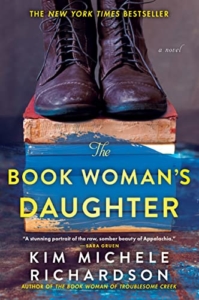
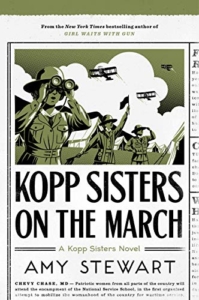 Not every book I read is worth mentioning. Several fell way short of expectations. However, there were two books that I thoroughly enjoyed: The Book Woman’s Daughter, the follow-up to Kim Michele Rchardson’s The Book Woman of Troublesome Creek, and Kopp Sisters on the March, book 5 in Amy Stewart’s Kopp Sisters series. However, if you’ve enjoyed the other Kopp Sisters books, be forewarned that this book is a bit of a departure from the previous books in the series. Although labeled as a mystery, the mystery element is a minor subplot.
Not every book I read is worth mentioning. Several fell way short of expectations. However, there were two books that I thoroughly enjoyed: The Book Woman’s Daughter, the follow-up to Kim Michele Rchardson’s The Book Woman of Troublesome Creek, and Kopp Sisters on the March, book 5 in Amy Stewart’s Kopp Sisters series. However, if you’ve enjoyed the other Kopp Sisters books, be forewarned that this book is a bit of a departure from the previous books in the series. Although labeled as a mystery, the mystery element is a minor subplot.
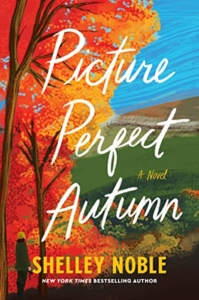 One of the perks of being a published author is getting to read some books before they hit bookstore shelves. I had the absolute pleasure of losing myself in advance reading copies of two books that I highly recommend. If you enjoy women’s fiction, you won’t want to miss the recently released Picture Perfect Autumn by Shelley Noble. It truly is a picture-perfect novel.
One of the perks of being a published author is getting to read some books before they hit bookstore shelves. I had the absolute pleasure of losing myself in advance reading copies of two books that I highly recommend. If you enjoy women’s fiction, you won’t want to miss the recently released Picture Perfect Autumn by Shelley Noble. It truly is a picture-perfect novel.
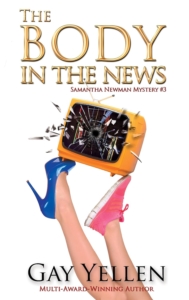 If romantic amateur sleuth mysteries are more your speed, you’ll want to read The Body in the News, the third installment in the Samantha Newman Mysteries by The Stiletto Gang’s own Gay Yellen. I was hooked on this series after reading the first book. When I finished this newest addition, I wanted to pick up the fourth book right away. I hope Gay is a fast writer!
If romantic amateur sleuth mysteries are more your speed, you’ll want to read The Body in the News, the third installment in the Samantha Newman Mysteries by The Stiletto Gang’s own Gay Yellen. I was hooked on this series after reading the first book. When I finished this newest addition, I wanted to pick up the fourth book right away. I hope Gay is a fast writer!
What about you? Read any good books lately? Post a comment for a chance to win a promo code for a free download of the audiobook version of Scrapbook of Mystery, the sixth Anastasia Pollack Crafting Mystery.
~*~
USA Today and Amazon bestselling and award-winning author Lois Winston writes mystery, romance, romantic suspense, chick lit, women’s fiction, children’s chapter books, and nonfiction under her own name and her Emma Carlyle pen name. Kirkus Reviews dubbed her critically acclaimed Anastasia Pollack Crafting Mystery series, “North Jersey’s more mature answer to Stephanie Plum.” In addition, Lois is a former literary agent and an award-winning craft and needlework designer who often draws much of her source material for both her characters and plots from her experiences in the crafts industry. Learn more about Lois and her books at her website www.loiswinston.com where you can also sign up for her newsletter and follow her on various social media sites.

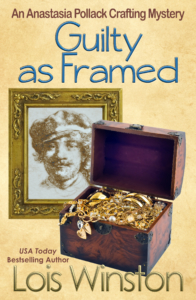
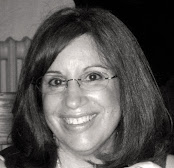 USA Today and Amazon bestselling and award-winning author Lois Winston writes mystery, romance, romantic suspense, chick lit, women’s fiction, children’s chapter books, and nonfiction under her own name and her Emma Carlyle pen name. Kirkus Reviews dubbed her critically acclaimed Anastasia Pollack Crafting Mystery series, “North Jersey’s more mature answer to Stephanie Plum.” In addition, Lois is a former literary agent and an award-winning craft and needlework designer who often draws much of her source material for both her characters and plots from her experiences in the crafts industry. Learn more about Lois and her books at her website
USA Today and Amazon bestselling and award-winning author Lois Winston writes mystery, romance, romantic suspense, chick lit, women’s fiction, children’s chapter books, and nonfiction under her own name and her Emma Carlyle pen name. Kirkus Reviews dubbed her critically acclaimed Anastasia Pollack Crafting Mystery series, “North Jersey’s more mature answer to Stephanie Plum.” In addition, Lois is a former literary agent and an award-winning craft and needlework designer who often draws much of her source material for both her characters and plots from her experiences in the crafts industry. Learn more about Lois and her books at her website 
